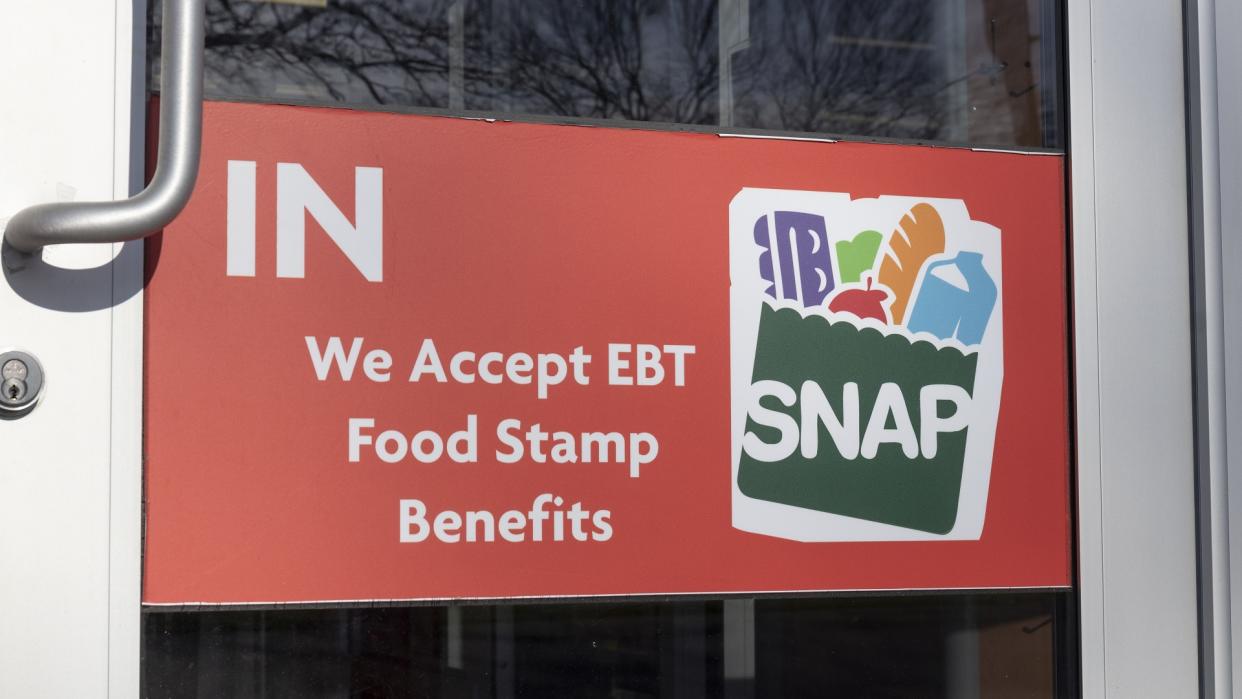Food Stamps: How Stricter SNAP Work Requirements May Negatively Impact Employment & More

Recently, several policies have made changes to work requirements for food stamps. Instead of increasing employment rates and decreasing the number of people who rely on food assistance programs, studies have shown it’s had a negative impact on local communities.
Food Stamps: 4 Major Changes to SNAP Coming in 2024
Learn: Pocket an Extra $400 a Month With This Simple Hack
Work requirements are meant to force Supplemental Nutrition Assistance Program (SNAP) recipients considered work-ready and able-bodied to increase or maintain their work effort by withholding benefits if a person is not working a minimum number of hours, enrolled in certain training or education programs, or actively looking for employment.
According to the Center on Budget and Policy Priorities (CBPP), work reporting requirements harm SNAP recipients and do not increase employment. In fact, most SNAP participants who can work already do. Before the pandemic, the CBPP found that nearly three-quarters of adults participating in SNAP in a typical month worked either that month or within a year of that month of participation.
There was also a pilot program implemented in 2016 in West Virginia that required work reporting for childless 18- to 49-year-olds in the nine counties with the lowest unemployment statewide, The Daily Yonder reported. After two years, there was no apparent correlation between SNAP requiring people to work and unemployment levels going down.
SNAP Benefit Maximums Have Increased — How Much More You’ll Receive Per Month in 2024
But food insecurity for vulnerable people persists, so where are people getting food if they no longer qualify for SNAP?
The Daily Yonder noted that they often rely on food banks and free meal centers, which report record numbers of people using their services. Cynthia Kirkhart from Facing Hunger, a nonprofit that provides food to food banks in West Virginia, said they’d seen a 25% increase in people.
Food banks are purchasing more food to meet demand, but food banks nationwide have seen a notable reduction in government funding for food resources. There’s also charity fatigue, Kirkhart added, and people have less to donate because of inflation.
This mainly affects people in rural areas, and Kirkhart said those who are very rurally located typically count on Dollar Stores. Because inventory is usually smaller, you may not have the same access to healthier foods as you would at larger stores.
Seth Disteffano of The West Virginia Center For Budget and Policy explained that SNAP is a critical component of the state’s food delivery system overall, and there’s a good chance that if you live there, your local grocery store is held up in part by federal food assistance.
“SNAP isn’t just putting food on the table for folks,” Disteffano said. “It supports the person who stocks the shelves, the person who delivers the groceries and the grocery store in general.”
More From GOBankingRates
This article originally appeared on GOBankingRates.com: Food Stamps: How Stricter SNAP Work Requirements May Negatively Impact Employment & More
